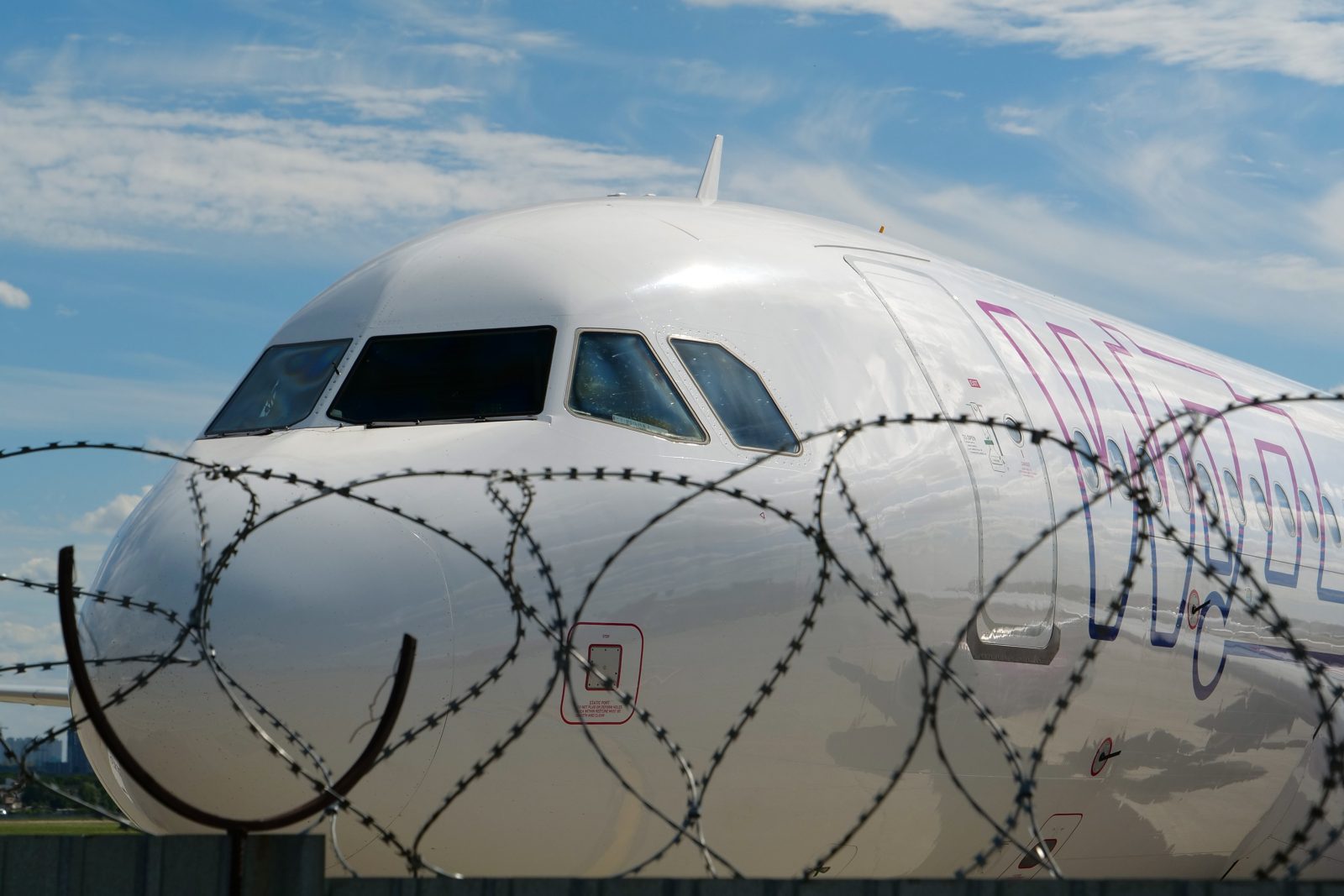
As Russia prepared to invade Ukraine in late February, low-cost airline Wizz Air ‘abandoned’ its staff and failed to get its employees out of harm’s way before Russian troops stormed across Ukraine’s border according to the European Transport Workers Federation (ETF).
As President Vladimir Putin ordered a full-scale invasion of its neighbour, Wizz Air found itself with four aircraft and around 200 employees stuck inside Ukraine. By this point, Ukraine’s airspace had been closed to civilian aircraft and there was no easy way to extract staffers to safe countries like Poland or Hungary.
“When the war started, the Wizz management team ‘successfully’ managed to leave its Ukraine based crews stranded in Ukraine,” the ETF said in a damning statement about the airline’s actions in the lead up to the start of the war.
“Messages published on Wizz Air’s internal social network show clearly that the low-cost carrier continued to operate in Ukraine until the last possible moment, ignoring all the official warnings, as well as those from inside the airline itself.”
By the point that Russian troops cross into Ukraine, every other European airline had already ceased operations to Ukraine over fears that armed conflict could start at any moment.
In an interview with the Wall Street Journal, however, Wizz Air chief executive József Váradi admits that in the week before the start of the war he visited the airline’s bases in Kyiv and Lviv and came to the conclusion that “one really believed that there could be any serious development”.
Váradi was at a luxury management retreat in Austria when he learned that Ukrainian airspace had been shut. It was 3 am when someone from the European Commission called him to break the news.
Wizz Air had been working on the principle that it would need a three-hour window to extricate its four aircraft and hundreds of staff in the event of a major escalation. The opportunity had been lost.
Instead, Váradi told the WSJ that Wizz Air activated its ‘crisis response plan’, normally reserved for hijackings or planes that suddenly vanish from radar.
“We have information indicating that many of Wizz’s employees in Ukraine were abandoned in Ukraine,” the ETF claims. “Some of them spent more nights sleeping on the floors of the Kyiv subway; others were stuck in districts subject to bombing by Russia, living in constant fear, losing their homes.”
The ETF feared that initial claims that Wizz Air was working to evacuate staff from Ukraine was “just PR trying to cover the dirty tactics they applied in Ukraine to maximise their profit and trying to hide all the wrong decisions they took”.
Váradi, though, says the airline has now successfully got many of its employees out of Ukraine.
Wizz Air hired private security forces using personnel that had military experience to evacuate its staffers under the cover of darkness. Families were issued bulletproof vests to make it out of Ukraine unharmed.
Not every worker, however, has been allowed to leave. The Ukrainian government has banned men aged between 18 and 65 from leaving the country, while other Wizz Air workers have decided to stay to be with their families.
And, of course, the four aircraft remain stuck in Ukraine, monitored, according to the WSJ by satellite footage.
Related
Mateusz Maszczynski honed his skills as an international flight attendant at the most prominent airline in the Middle East and has been flying ever since... most recently for a well known European airline. Matt is passionate about the aviation industry and has become an expert in passenger experience and human-centric stories. Always keeping an ear close to the ground, Matt's industry insights, analysis and news coverage is frequently relied upon by some of the biggest names in journalism.







